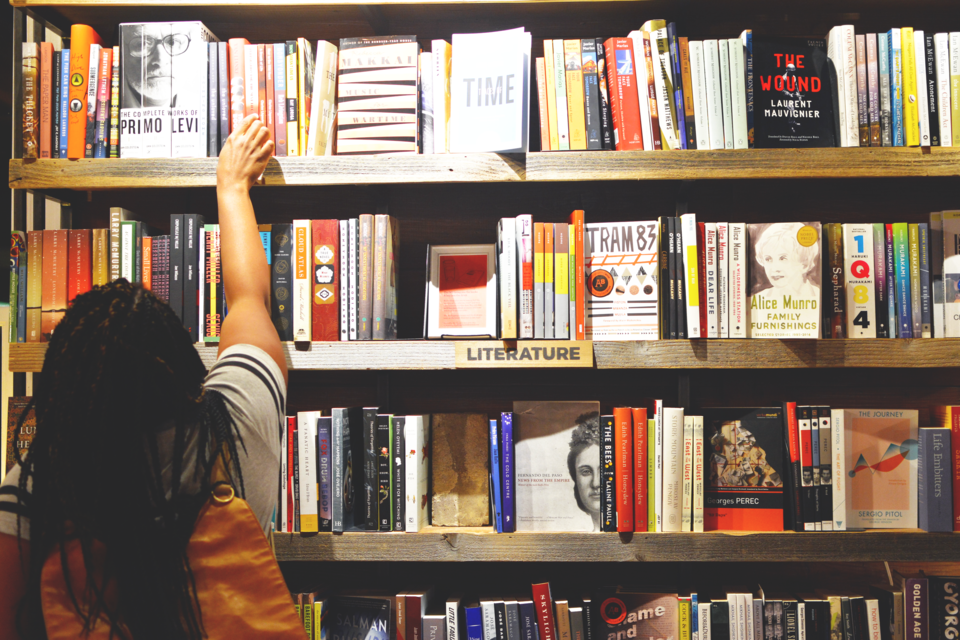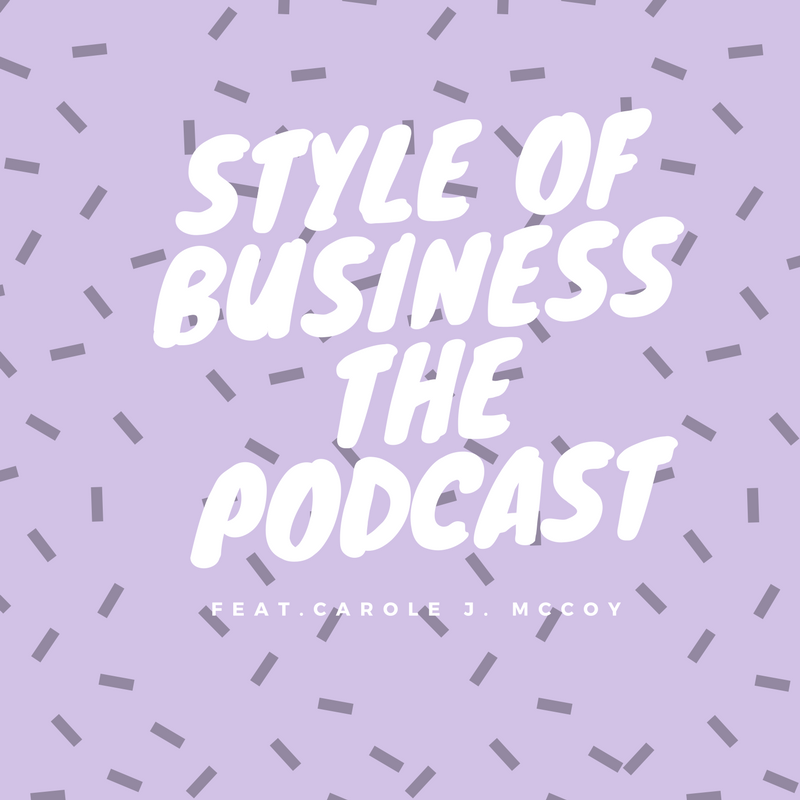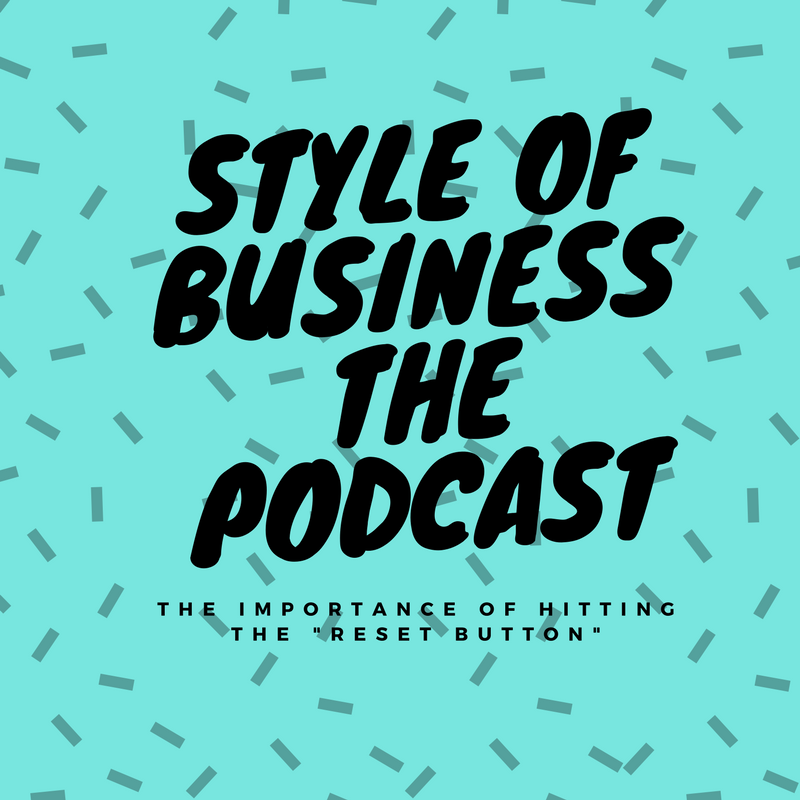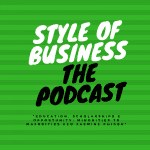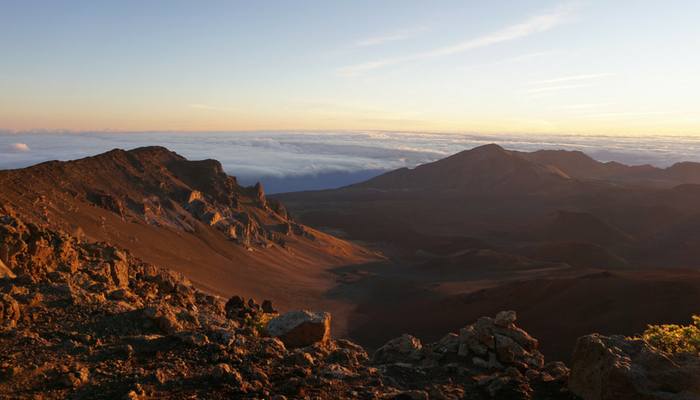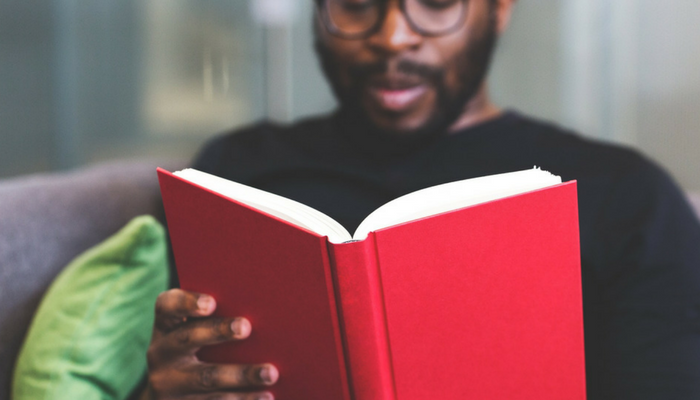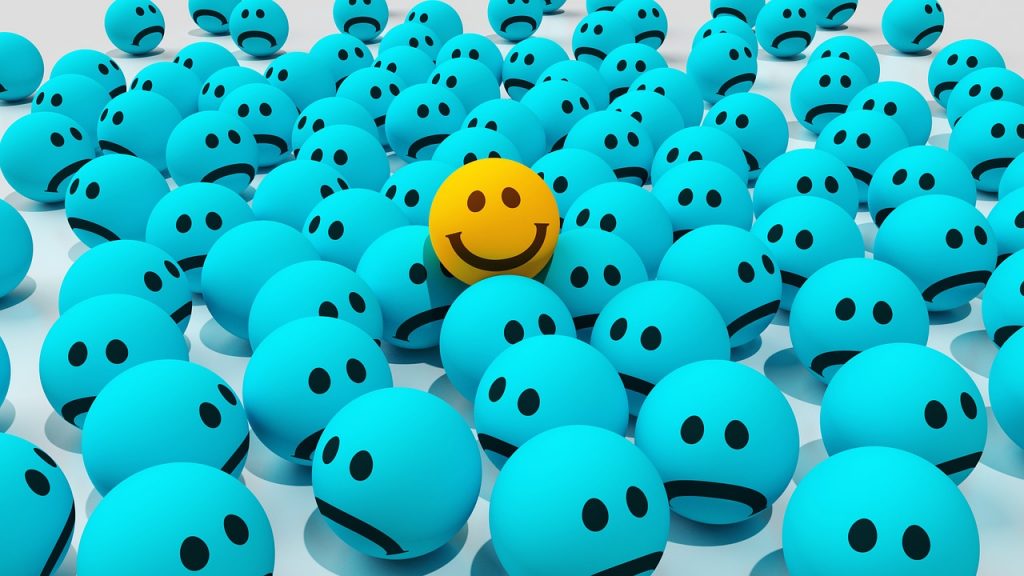Do you ever feel like you’re just operating on cruise control, completely oblivious to what you’re actually doing? It sounds like a strange out-of-body experience, but even losing focus for just a second while you work could become frustrating. Your mind might drift into procrastination, or you could have a hard time controlling your thoughts.
These are experiences that everyone has at some point in their lives. The feeling that we’re not entirely aware of our situation, that we’re overwhelmed with what’s around us. It’s enough to make us feel anxious or, in some cases, physically sick and unstable. This is where mindfulness comes in handy. It’s a basic human ability to allow us to be more aware of not just our surroundings, but also our mental state. It’s the ability to keep your thoughts in check, to be able to react to situations properly without exaggerating the situation in our minds.
Mindfulness isn’t something special. It’s not an ability for gifted and talented people, and it’s certainly something that everyone can possess. However, unlocking that potential to become more mindful can be tricky, so here are five helpful books that can get you started on this wonderful journey of becoming more aware of yourself and your surroundings.
1. 10% Happier
Dan Harris
10% Happier is a fantastic introduction to the world of mindfulness, hence why it’s right at the top of this list. Other books in this list (bar the last one) will sound spiritual and philosophical, which is why they can be difficult to digest. 10% Happier, on the other hand, is a book written for people that want a serious, yet enjoyable read to help them tame the voices inside of their heads.
2. The Untethered Soul
Michael Singe
The Untethered Soul is a journey into a timeless question with many interpretations: who are you? In this book, Michael Singer explores the question of identity and how it can be found in our consciousness and our ability to observe the world around us.
3. The Art of Happiness
Dalai Lama and Howard Cutler
A unique take on mindfulness, written with the aid of one of the world’s great spiritual leaders. This highly accessible book dives into many key areas of human experience while also touching on important principles in Tibetan Buddhism and applying them to everyday scenarios.
4. The Miracle of Mindfulness
Thich Nhat Hanh
Zen master Thich Nhat Hanh offers a wonderfully rich and lucid guide to practicing mindfulness in this book. It’s full of practical advice and skills that can help you become more aware of your surroundings. From simple tasks like peeling fruit and washing your dishes, this book reminds us that every moment is unique and holds an opportunity that is waiting to be explored.
5. The Mindfulness Colouring Book
Emma Farrarons
And lastly, an accessible book that isn’t just about reading. Working with your own hands is a fantastic way to soothe your anxiety and defeat stress. This small book of beautiful illustrations gives you a practical way to explore your inner creativity and draw out your mindfulness while providing you with something to focus on.
These five books all offer a unique and different take on mindfulness, but they can all be used to kickstart your mindfulness journey.

